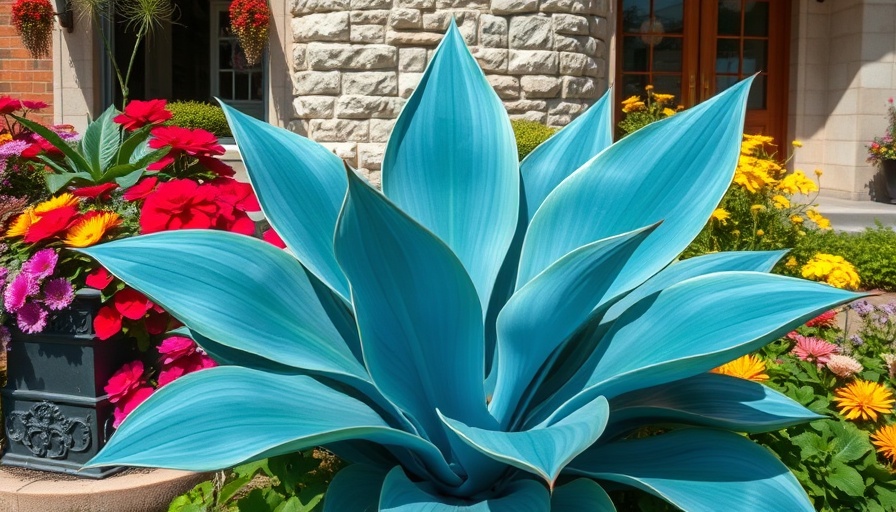
The Rise of AI in Gardening: What You Need to Know
Artificial Intelligence is penetrating every corner of life, and the gardening world is not immune. As we scroll through feeds filled with idyllic gardens and vibrant plants, a troubling reality surfaces: much of what we admire could be AI-generated. These stunning visuals might boast thousands of likes, but they often depict plants that don’t exist, crafted through algorithms rather than nature’s artistry.
Understanding the Impact of AI-Generated Content
AI gardening content is not just about misleading images; it challenges the very essence of creativity and authenticity within the gardening community. Veteran creators like Stephanie, founder of Garden Therapy, emphasize that the rise of AI is symptomatic of a larger issue regarding originality. According to Dr. Noam Chomsky, calling AI ‘Artificial Intelligence’ undermines its reality as plagiarism software that alters existing works instead of creating new art. As creators grapple with these realities, many worry about how it affects their livelihoods and the authenticity valued by gardening enthusiasts.
The Social Media Mirage: A False Reality
Social media channels, primarily Facebook and Instagram, have flooded with AI-generated images that many mistake for real-life representations. These images sometimes attract hundreds of thousands of followers, leading to a vast spread of misinformation—a dangerous trend for beginners who seek reliable guidance in plant care and gardening tips. A simple search may yield hundreds of likes for a purple hosta that doesn’t exist, showcasing the power of AI to deceive even the most attentive plant lovers.
The Role of Search Engines in the AI Gardening Crisis
Compounding the problem, search engines like Google have started prioritizing scraped content over original material, making it challenging for traditional creators to get their voices heard. Instead of clicking through to articles that offer valuable gardening insights, users are presented with instant answers that often lack depth and personalization. This has had a drastic impact on creators like Stephanie who depend on Google traffic for sustainability.
How to Identify Genuine Gardening Content
Amidst this barrage of AI-generated content, it is crucial to hone your skills in verifying what is real. Here are practical tips:
- Follow Recognized Creators: Stick to those whose work you admire and who have a history of delivering accurate information on gardening and landscaping ideas.
- Reverse Image Search: If an image catches your eye, consider using tools to reverse search and verify its authenticity. Often you will find that the images originate from AI sources.
- Scrutinize Information: Be wary of advice that seems overly simplified or one-size-fits-all. Authentic gardening requires nuances and personal insights that AI cannot replicate.
The Future of Gardening in an AI World
There’s no denying that AI will continue to shape content creation, but that doesn’t mean we must accept it all passively. The gardening community remains resilient and creative, fighting for authenticity and the preservation of knowledge passed down through generations. As we plant seeds of change, our collective responsibility is to ensure the heartwarming and genuine narratives of gardening thrive alongside technological advancements. We can create a symbiotic relationship with AI while actively promoting human-centric creativity in the gardening landscape.
In conclusion, our gardens reflect not just what we grow but how we connect with nature and each other. By advocating for authentic gardening practices and supporting creators who promote real experiences and insights, we can ensure the future of gardening is not only beautiful but truthful.
 Add Row
Add Row  Add
Add 




Write A Comment